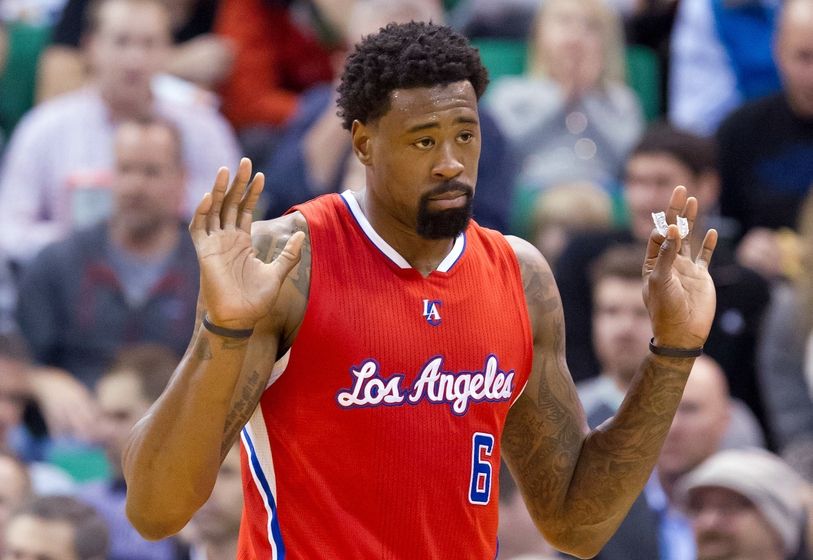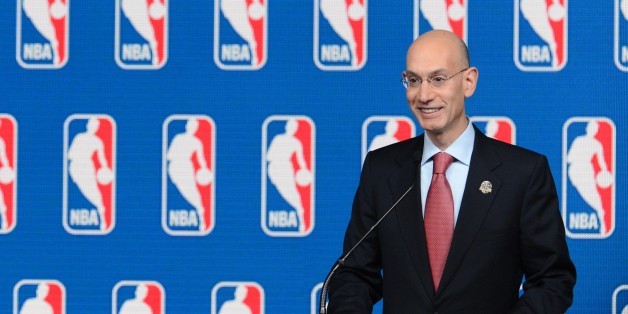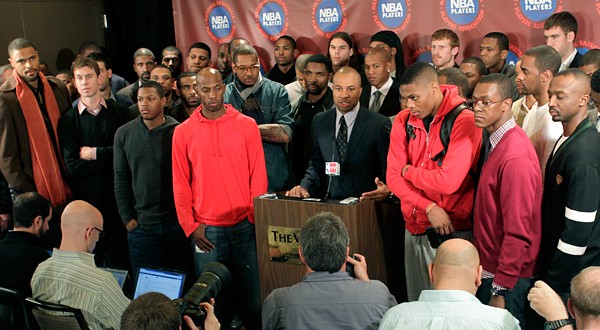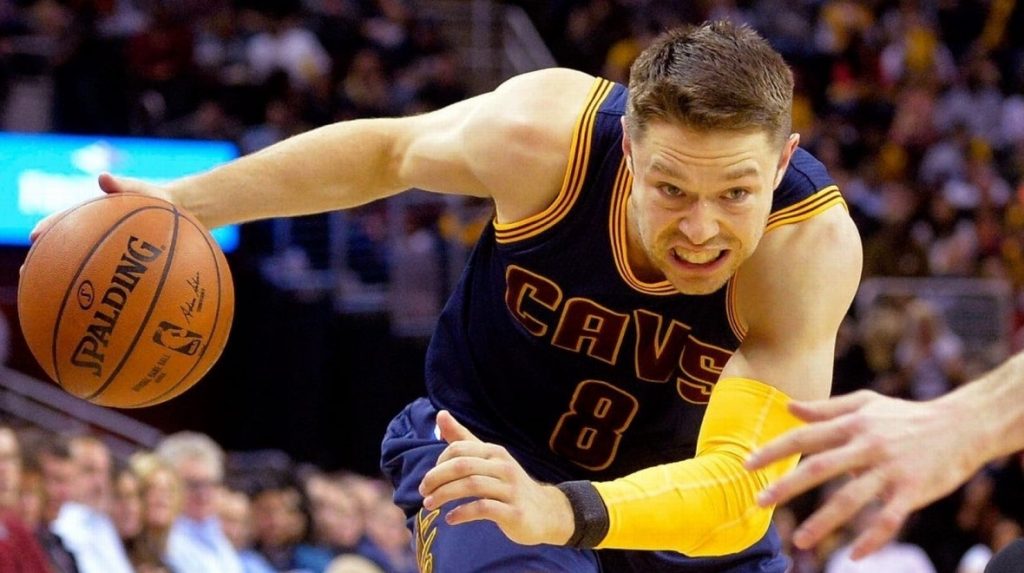The NBA Is About To Miss Their Opportunity To Biohack Better Players Through Wearable Tech
NewsTech May 13, 2025 Damon Mitchell

A hot topic amongst NBA officials, the players union, players, and fans lately is what will come of the NBA’s battle over wearables? As it stands, they are against players using wearables during games.
The players stand divided between fans of the benefits of tech like the Whoop wearable and those who fear retribution from franchises if they don’t play along.
Read: What’s the Big Whoop About Whoop 2.0?
The player’s union is also in the middle.
In a world where one of our technology leaders, Elon Musk, says we must meld with technology to avoid obsolescence in the world wrought by artificial intelligence, the path is clear.
Humanity is not going away from tech. The sooner the NBA embraces this, the sooner we see players pushing their limits with fewer injuries.
The best way to look at this is through the multifaceted perspectives of those involved.
DeAndre Jordon
Clipper’s Center player, Jordon wears a Whoop band. Rather than flaunt his technique in front of officials, pushing them to clarify their stance on the subject, he wears his band under a sweatband.
The Whoop 2.0 is now available to the general public. Prior to this recent release, only professional teams were wearing the device. Jordon’s came to him via his trainer.
The Whoop measures practical data like fatigue but also helps users get more sleep (41 minutes/night on average), something an active player could use to prevent injuries.
Whoop knows when you overtrain too. It’s robust, waterproof, able to last 36 hours on one charge. In short, Whoop gives players what they call edge.
Jordon knows this better than anyone. He’s gambling his $88-million per year contract on it, risking a reprimand from the NBA.
Considering the vagueness of the current rules, it’s worth it.
Adam Silver
NBA commissioner, Adam Silver, is all about technology. At one time he believed that virtual reality would be the future of the NBA. Apparently, nobody clued him into the biohacking movement.
Now he’s all biometric data. In a recent presentation, he made a scene demonstrating some NASA-like biometric technology on Langston Galloway, a player from the New Orleans Pelicans.
It was all in good fun, with Silver clowning the sensitivity of the issue.
“I had a conversation with your agent; he was going to explain it to you,” he said to Galloway. “That stuff on your chest is an early-stage wearable, which gives us advanced biometric readings of your body.”
Silver pulls no punches with his vision. “…this prototype could give you and your team a deeper read on health and performance,” he lobbies, clowning the contract writers and the head of the player’s union as he goes.
Silver knows the wearables game is the future. No man, however, rules alone. He must convince more than the players.
The NBA
When asked, the official position of the NBA is that wearables are not allowed. The union begs to differ. Neither has taken the issue to arbitration, but the NBA has asked players to remove wearables in the past.
They asked Matthew Dellavedova, from the Cleveland Cavaliers, to remove a Whoop band during a game. That event blew up the conversation, pushing the point into the new contract.
The proposed collective bargaining agreement on the table covers wearables in an 800-word section of protocols. They’ve only approved six devices for players to wear, but there’s a catch.
The NBA doesn’t want players wearing them during games, only practice. Not all players want to wear them, though.
The Players
The concern amongst players divides. For some, they fear a situation where they owners can force them into wearables over their contracts. Owners could leverage that choice in contract negotiations.
For other players, like Jordon and Dellavedova, they want to wear their devices during games too.
This new contract explicitly denies that right. It seems this middle-of-the-road solution leaves players on both sides of the issue walking down Frustration Lane.
The world and the NBA need to wake up fast to the realities of biohacking the body for better results. The revolution is well upon us. It’s getting messy fast.
What the NBA needs is language protecting the players from retribution by owners, but also the right to decide for themselves.
And for the love of Pete, let’s move into the technology age. Let them wear bio-tracking devices during games.
Does anyone believe this won’t be the future?
Source: ESPN



